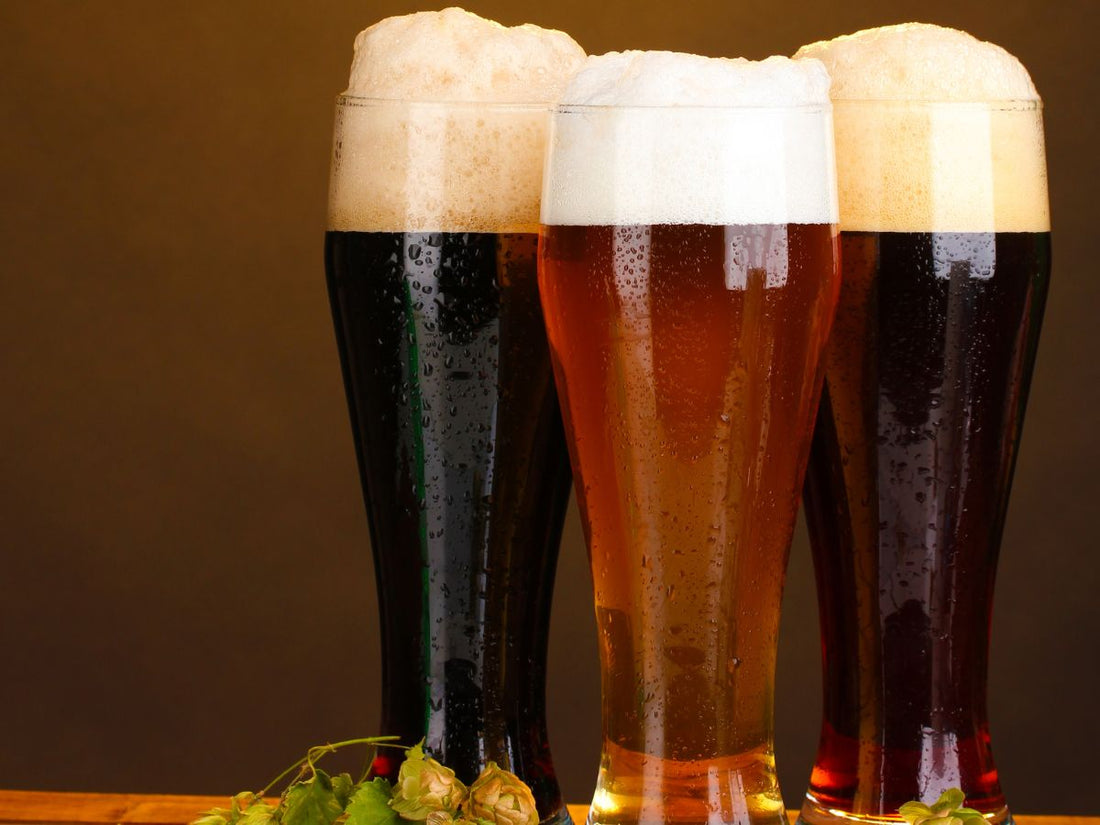Mastering the Craft of Purification: a Deep Study Distillery Traditions
Discovering the elaborate art of purification unveils a world soaked in time-honored practices that have formed the spirits we enjoy today. From the old origins of purification methods to the modern-day advancement of distillery equipment, each action in the process brings with it an abundant tapestry of background and know-how. As we explore the fragile equilibrium of conventional versus contemporary distilling techniques and reveal the value of vital active ingredients, a deeper understanding arises of the profound effect distillery traditions carry the spirits we appreciate.
Beginnings of Distillation Methods
The development of purification techniques has a rich background that traces back to old civilizations. The origins of purification can be connected to very early civilizations such as the Mesopotamians, Egyptians, and Greeks. These old cultures utilized basic purification methods for perfumery, medication, and creating alcohols. The concept of dividing components based on their different boiling points laid the structure for the advanced purification procedures we have today.
The earliest proof of distillation go back to around 3000 BC in Mesopotamia, where clay pots were used to boil down fragrances and fragrant oils. The Egyptians further advanced these strategies, utilizing distillation for medical purposes and embalming methods. The Greeks, significantly figures like Aristotle and Hippocrates, added to the academic understanding of purification.
Gradually, distillation infect regions like India, China, and the Center East, each society including its distinct touch to the craft. The advancement of distillation methods proceeded through the Center Ages and the Renaissance, at some point bring about the varied selection of purification procedures utilized in modern-day distilleries worldwide.
Advancement of Distillery Tools

With developments in innovation and a deeper understanding of the distillation procedure, contemporary distilleries currently use a variety of advanced equipment to create spirits of the finest. Today, purification devices includes column stills, reflux stills, and hybrid stills, each developed to satisfy certain purification requirements. These modern-day stills use better temperature level law, boosted purification precision, and higher efficiency in separating alcohol from impurities.
In enhancement to stills, distilleries now utilize sophisticated condensers, fermenters, and filtration systems to more refine the distillate. The development of distillery equipment remains to play a vital role in shaping the varied series of spirits offered on the market today.
Conventional Vs. Modern Distilling Practices
Conversely, modern distilling practices utilize innovative modern technology and development to streamline production processes and improve uniformity. Automated systems, computerized controls, and state-of-the-art tools allow contemporary distilleries to create spirits extra successfully and with higher accuracy.
While traditional distilling practices are cherished for their heritage and the unique flavors they produce, contemporary approaches provide benefits in terms of scalability, quality assurance, and sustainability. By incorporating clinical developments and contemporary engineering, distillers can maximize manufacturing, reduce waste, and meet the demands these days's market much more effectively. Ultimately, the option in between modern and traditional distilling practices usually depends on the distillery's goals, worths, and target market.
Trick Components in Distillation Refine
Within the craft of distillation, the selection of key ingredients plays an important role in identifying the taste account and high quality of the spirits produced. The main components made use of in the distillation process are generally water, yeast, and a fermentable source such as grains, imp source fruits, or sugarcane.
Water is a basic great post to read element as it not just dilutes the alcohol web content to a tasty level but likewise impacts the general mouthfeel and texture of the spirit. The top quality and mineral web content of the water used can considerably affect the last product.
Yeast is another crucial component that transforms the sugars existing in the fermentable source into alcohol with the procedure of fermentation. Different pressures of yeast can generate differing aromas and flavors, adding to the one-of-a-kind features of the spirit.

Impact of Distillery Traditions on Spirits
The impact of longstanding distillery traditions on spirits extends past the option of essential ingredients, forming the very significance and personality of the final distilled products (Seawall Bar). These customs, passed down through generations, play an important duty in defining the unique preference accounts and top qualities that identify one spirit from an additional
Distillery practices include a large range of practices, from the particular methods used in distillation to the selection old processes used. The use of standard copper pot stills in whiskey manufacturing is believed to present specific tastes and attributes that are very valued by lovers. In a similar way, the aging of spirits in oak barrels, a practice deeply rooted in distilling practices, navigate here adds to the development of complicated fragrances and flavors with time.
/https://static.texastribune.org/media/files/ad5ab7b80fc5f2bd06df97dde9a096d4/01%20Beer%20to%20go%20SF%20TT.jpg)
Conclusion
Finally, the traditions of distillation have an abundant history that has actually progressed with time. From the beginnings of distillation techniques to the contemporary techniques, the effect of distillery customs on spirits is undeniable. By comprehending the crucial components in the distillation procedure and the evolution of distillery equipment, one can appreciate the craftsmanship and virtuosity that enters into creating premium spirits. Distillery traditions play a vital duty fit the spirits market and protecting the heritage of purification methods.
Throughout the background of distillation, the devices used in distilleries has gone through considerable advancement to improve performance and high quality of the distillation procedure.With innovations in innovation and a deeper understanding of the distillation procedure, modern distilleries now make use of a selection of sophisticated devices to generate spirits of the highest possible quality. Today, purification equipment includes column stills, reflux stills, and hybrid stills, each developed to cater to certain distillation demands. From the beginnings of distillation methods to the contemporary practices, the influence of distillery customs on spirits is obvious. Distillery practices play a vital function in forming the spirits sector and maintaining the heritage of distillation techniques.